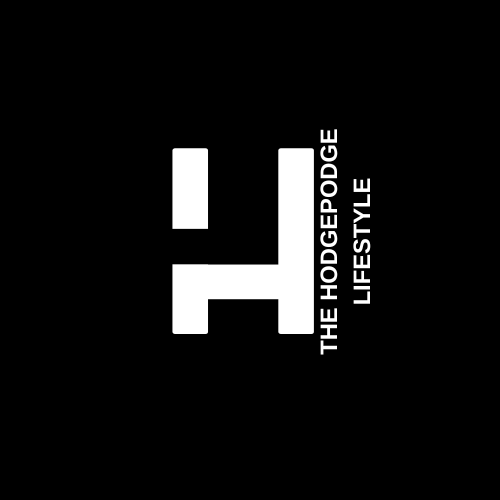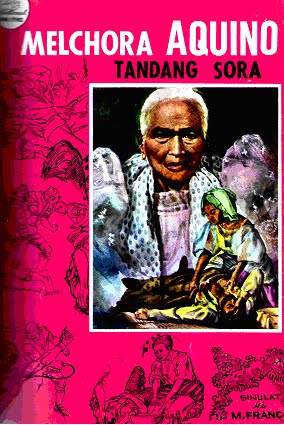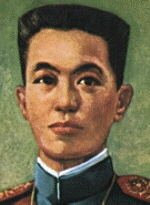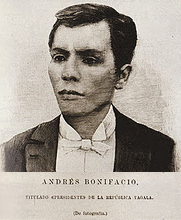Get to know more about your country’s heroes during the celebration of National Heroes Day in Philippines which is held every last Sunday of August and this year it falls on August 25. Are you really familiar with Jose Rizal, Andres Bonifacio, Tandang Sora or Dr. Pio Valenzuela?
Or perhaps, you’ve only touched the surfaces like the day they were declared as heroes or briefly knowing the stories why they became heroes? Either way, it’s still good to know more especially when sharing your info with a foreigner or other Filipinos.
Coming from a family who are descendants of Tandang Sora and Dr. Pio Valenzuela, I’ve learned the stories from my parents and grandparents. These are stories you won’t read on text books in schools or online as it was based on my grandparent’s experiences when they grew up with them back in the olden days. I’m lucky enough to have my fair share of Tandang Sora’s and Dr. Pio Valenzuela’s stories from my family.
But first know why it’s important to celebrate the National Heroes Day in Philippines. Here are five reasons why:
The National Heroes Day celebrated on the last Monday of August:
Still a debate between the “Cry of Balintawak” in April 1895 in Pamitinan Caves in Montalban and August 23, 1986 in Balintawak or August 26, 1896 in Pugad Lawin, it was decided upon the Philippine government to have a flexible date of celebrating it on the last Monday of August. 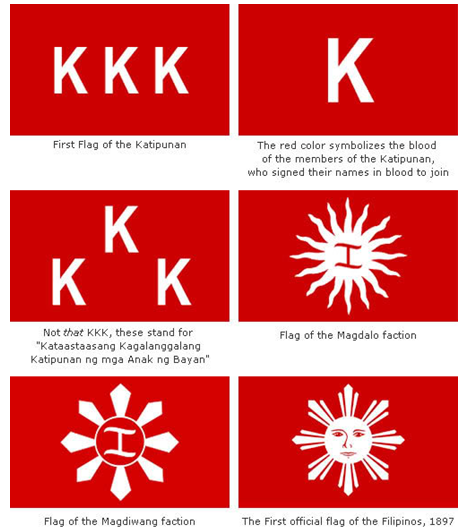

- The Katipunan (a secret society who revolted against the Spanish colonization) was held on August 1986 (also the date is debatable when it really happened). This lead to the tearing of the cedulas (or identification receipts issued for payment of taxes) and the freedom from Spanish colonization in Philippines. It was August 19 when the Katipuneros was discovered by the Spanish government and fled to Balintawak.
- August 1986 was the time Philippines had the first Filipino National government according to historians Milagros Guerrero, Emmanuel Encarnacion, and Ramon Villegas (article posted on the website of the National Commission on Culture and the Arts).
- Andres Bonifacio’s Filipino government had a mass-based following in August 24, 1897.
- The three historians wrote how the former first President of the Philippines Emilio Aguinaldo “usurped Bonifacio’s authority as President of the Republika ng Katagalugan and renamed it Republica Filipina.”
2. The Filipino heroes saved a lot of lives of fellow Filipinos and fought hard for their country against the Spanish, American and Japanese colonizers in Philippines. Know more about them on this article Do You Know Your Filipino Heroes? Jose Rizal, Andres Bonifacio, Tandang Sora, Dr. Pio Valenzuela and others next at The HodgePodge Lifestyle.
3. The historical fight for freedom in Philippines has similarity in Spain, Mexico, Brazil, Cuba, and other countries.
The “Cry of Rebellion (El Grito de Rebelion)” describes the various uprisings in other Spanish colonized countries. In Mexico, it was known as the “Cry of Dolores” in September 16, 1810. In Brazil, it was the “City of Ypiraga” (September 7, 1822). In Cuba, it was the “Cry of Matanza” (February 24, 1895). It was probably one of the reasons why Philippines is considered as the only Latin country in Asia.
4. Battle of San Juan, Truce in Biak-na-Bato, Gen. Emilio Aguinaldo takes over Andres Bonifacio as the first Philippine President, etc.
Governor General Blanco declared war on eight Luzon provinces: Manila, Cavite, Laguna, Batangas, Bulacan, Pampanga, Nueva Ecija, and Tarlac after losing the “Battle of San Juan”.
General Emilio Aguinaldo replaced Andres Bonifacio when the first Philippine government was formed.
In August 10, 1897), Aguinaldo negotiated with the Spanish colonial government in Manila to end the ongoing hostilities which led to Biak-Na-Bato. He went to Hong Kong after agreeing to a temporary exile. The Spanish government paid him and his revolutionary junta P400,000.
“The truce failed as both sides entered the agreement in bad faith–neither was really willing to abandon hostilities but were biding time and resources to resume the armed conflict,” said Professor Bernardita Reyes Churchill.
The war ended between Spain and Philippines when the Spanish-American war happened during this period of colonization and America won which led to another era of Philippines under the regime of a foreign country.
5. The Battle of Manila Bay on August 13, 1898
On August 13, 1898, after Spain and the United States signed the “Protocol of Peace”, the Battle of Manila Bay happened. According to history books, “the Americans kept the Filipino fighters out of the loop and stole the revolutionaries’ thunder. It is a day that should live in infamy and is in fact commemorated by a street name (13 de Agosto) in Barangay 41 Zone 06, Pasay City.”
On August 14, 1898, the Spanish government surrendered to the US.
On December 1898, Spain and the US signed the Treaty of Paris without Filipino representation so Filipino revolutionaries continued the war even after US forces captured Aguinaldo in Palanan, Isabela in March 1901 and after he took his oath of allegiance to the US on April 1.
“It took the United States Army three years to suppress the revolution in the Philippines, much longer than American commanders in the field had expected and at great cost on lives and resources,” said Professor Churchill.
It even took longer to establish the peace and order in Mindanao and Sulu while in Samar and Batangas these provinces proved the most tenacious in their resistance to American rule and they showed in dark colors the brutality that war breeds in men, regardless of race, according to Churchill. The peace and order happened only until 1913.
So these are some things perhaps new to you or you’ve already read about this about the rich Philippine History and why we have to celebrate the National Heroes Day. Heroism goes beyond the Spanish-American period as the Japanese colonized Philippines, the Martial Law under former President Ferdinand Marcos happened in the 70’s, the democracy was regained during former President Corazon Aquino happened in the 80’s and Philippine history continues towards the other Philippine presidents in the 1990’s and 2000’s. These are stories meant for future articles at The HodgePodge Lifestyle.
Photos from various websites
For more info, you may visit these websites:
Websites: National Commission for Culture and the Arts
Historian: Ambeth Ocampo
